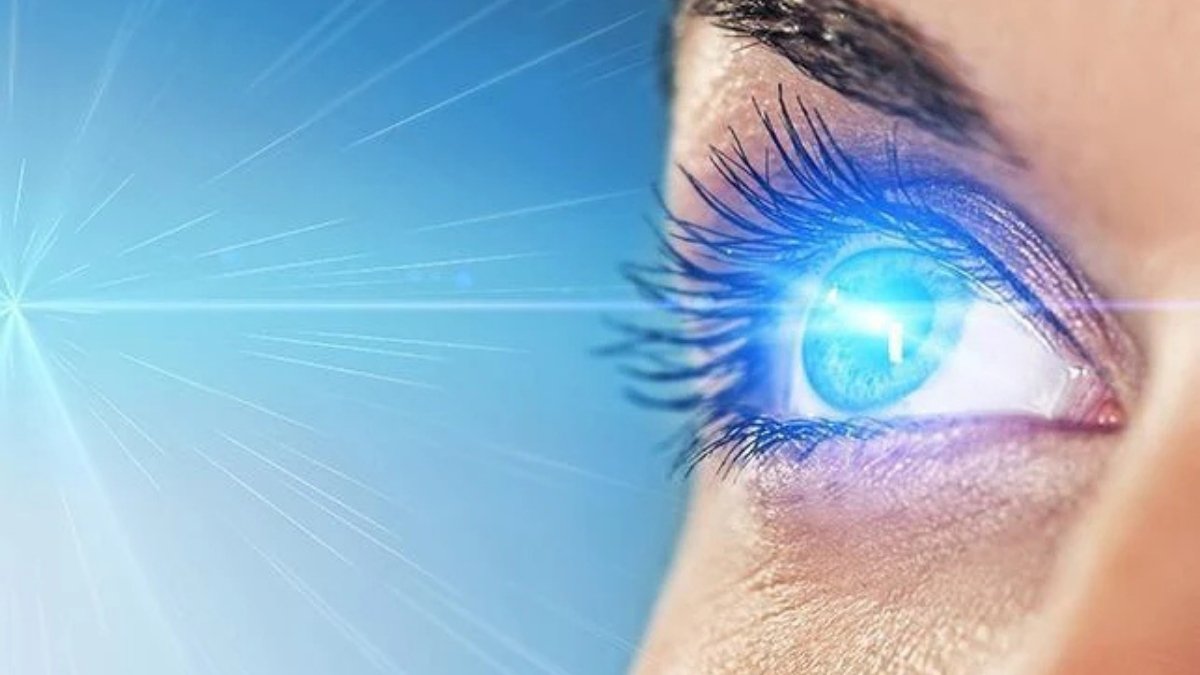Why Gen Z Is Aging Faster Than Any Generation Before (The Disturbing Truth Revealed)

Twenty-something faces showing wrinkles that should appear at forty. Gray hairs sprouting before college graduation. Chronic fatigue plaguing teenagers who should burst with energy. Gen Z is experiencing biological aging at rates that alarm scientists worldwide.
While previous generations aged gracefully into their thirties, today’s young adults display cellular damage typically seen in middle-aged populations. Dermatologists report treating more twenty-year-olds for aging concerns than ever recorded in medical history.

The culprits behind this accelerated aging extend far beyond normal genetic factors. Modern lifestyle choices, environmental toxins, and digital habits create a toxic storm that ages bodies decades ahead of schedule.
Screen addiction, processed food consumption, chronic stress, and social isolation combine to damage DNA, disrupt hormones, and trigger inflammatory responses throughout young bodies. Understanding these nine critical factors reveals why Gen Z faces an aging crisis that threatens their long-term health and longevity.
Point 1: The Blue Light Epidemic
Screens emit high-energy visible light that penetrates deep into skin tissue, breaking down collagen and elastin fibers. Research from Harvard Medical School shows Gen Z spends 10+ hours daily exposed to blue light from phones, computers, and tablets.

This constant bombardment creates free radicals that damage cellular DNA and accelerate skin aging by up to 33%. Young adults are developing fine lines, dark circles, and age spots typically seen in people 15 years older. Digital eye strain also causes repetitive squinting, creating premature crow’s feet and forehead wrinkles.
Point 2: The Stress Hormone Crisis
Social media platforms trigger cortisol spikes every few minutes through notifications, likes, and comparison cycles. Economic pressures from student debt and housing costs compound this hormonal chaos.

Elevated cortisol breaks down muscle tissue, thins skin, and disrupts cellular repair processes overnight. Constant online connectivity means stress hormones never fully return to baseline levels. Young people show cortisol patterns previously only seen in middle-aged adults facing major life crises.
Point 3: The Sleep Deprivation Disaster
Phones in bedrooms disrupt melatonin production through artificial light exposure after sunset. Late-night scrolling keeps brains in hyperalert states when they should be processing memories and regenerating tissue.

Sleep debt accumulates compound interest, aging the body exponentially with each lost hour. Growth hormone production, which peaks during deep sleep, drops by 50% in chronically sleep-deprived individuals. Brain scans of tired 22-year-olds resemble those of healthy 35-year-olds.
Point 4: The Processed Food Generation
Ultra-processed foods make up 73% of the average Gen Z diet, compared to 45% for baby boomers at the same age. These products contain advanced glycation end products (AGEs) that literally glue proteins together, causing skin to lose elasticity.

Energy drinks and pre-workout supplements flood young bodies with inflammatory compounds and artificial stimulants. High fructose corn syrup accelerates cellular aging through oxidative stress pathways. Fast food consumption correlates directly with shortened telomeres in multiple peer-reviewed studies.
Point 5: The Vaping and Substance Acceleration
Vaping introduces heavy metals like nickel and chromium directly into lung tissue, creating systemic oxidative stress. THC vaping products often contain vitamin E acetate and other additives that cause inflammatory responses throughout the body.

Young vapers show lung capacity similar to 40-year-old cigarette smokers after just 2 years of use. Nicotine constricts blood vessels, reducing oxygen and nutrient delivery to skin cells by up to 30%. Regular substance use disrupts REM sleep cycles, preventing crucial overnight cellular repair processes.
Point 6: The Climate Change Factor
Rising global temperatures have increased UV radiation levels by 15% since the 1990s, exposing Gen Z to unprecedented skin damage. Air pollution particles penetrate deep into pores, triggering inflammatory cascades that break down collagen and accelerate wrinkle formation.

Wildfire smoke contains microscopic toxins that enter bloodstream through lungs, causing systemic oxidative stress throughout the body. Microplastics from environmental degradation now circulate in human bloodstreams, disrupting hormone production and cellular function. Environmental toxin exposure has doubled compared to millennials at the same age, overwhelming natural detoxification pathways.
Point 7: The Social Media Dysphoria Effect
Instagram filters create unrealistic beauty standards that trigger chronic dissatisfaction and cortisol release in young users. Constant photo editing leads to body dysmorphia, causing stress hormones that accelerate cellular aging processes.

Comparison culture on social platforms activates the same brain regions as physical pain, creating inflammatory responses throughout the body. Beauty standards change weekly on TikTok, keeping young minds in perpetual states of inadequacy and stress. Studies show heavy social media users develop stress wrinkles and tension lines typically seen in people facing major life traumas.
Point 8: The Sedentary Lifestyle Syndrome
Gen Z spends 12+ hours daily sitting, compared to 8 hours for previous generations at the same age. Prolonged sitting reduces blood flow by 40%, starving cells of oxygen and nutrients needed for repair and regeneration.

Muscle mass begins declining at age 20 instead of 30 due to chronic inactivity and poor posture habits. Bone density loss accelerates when bodies lack weight bearing exercise, leading to osteoporosis risk decades earlier than normal. Research shows sitting for 8+ hours daily ages cells by up to 8 years regardless of other health factors.
Point 9: The Loneliness Epidemic
Social isolation triggers the same inflammatory markers as cigarette smoking, accelerating cellular aging at the genetic level. Gen Z reports feeling lonelier than any previous generation despite constant digital connectivity and social media presence.

Chronic loneliness elevates cortisol levels continuously, breaking down immune function and speeding up the aging process throughout the body. Real social connections have decreased by 60% since 2000, leaving young adults without crucial emotional support systems that buffer stress. Studies reveal lonely individuals show biological aging markers 3 to 5 years advanced compared to socially connected peers.
Final Thought:
Gen Z faces an unprecedented storm of aging accelerators that no generation before has encountered simultaneously. Digital technology, environmental changes, and lifestyle shifts have created a toxic combination that ages bodies faster than natural biological processes.
While previous generations dealt with individual stressors, Gen Z battles blue light exposure, social media pressure, climate toxins, and social isolation all at once. The cumulative effect of these factors creates aging patterns typically seen decades later in life.

However, awareness of these issues represents the first step toward reversing this disturbing trend. Small changes like reducing screen time, improving sleep habits, and building real social connections can significantly slow cellular aging.
The generation that grew up with technology also has the tools and knowledge to combat its negative effects. With conscious effort and lifestyle adjustments, Gen Z can reclaim their biological age and age gracefully despite modern challenges.






